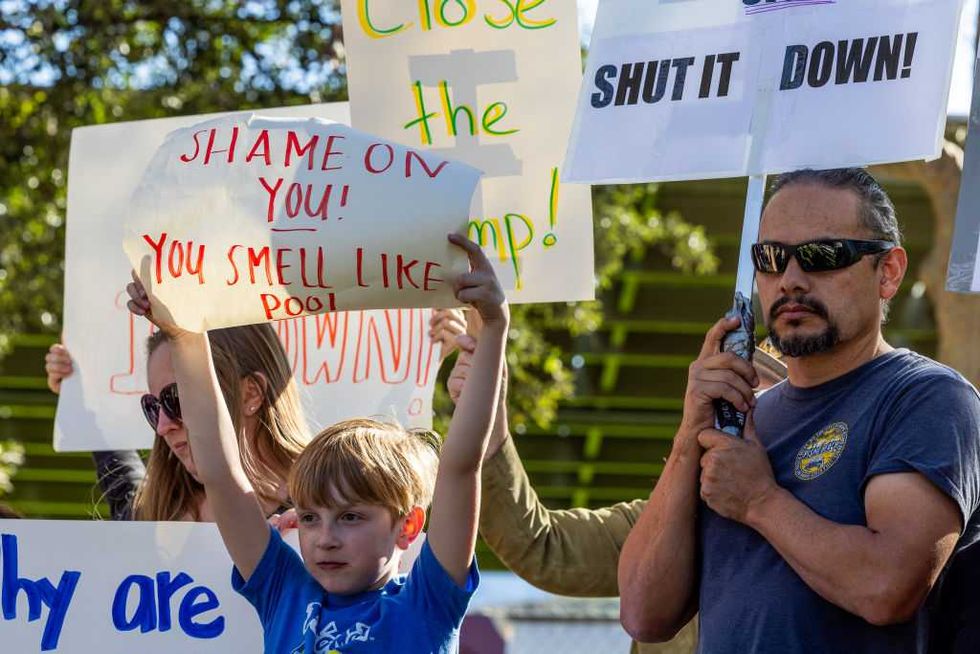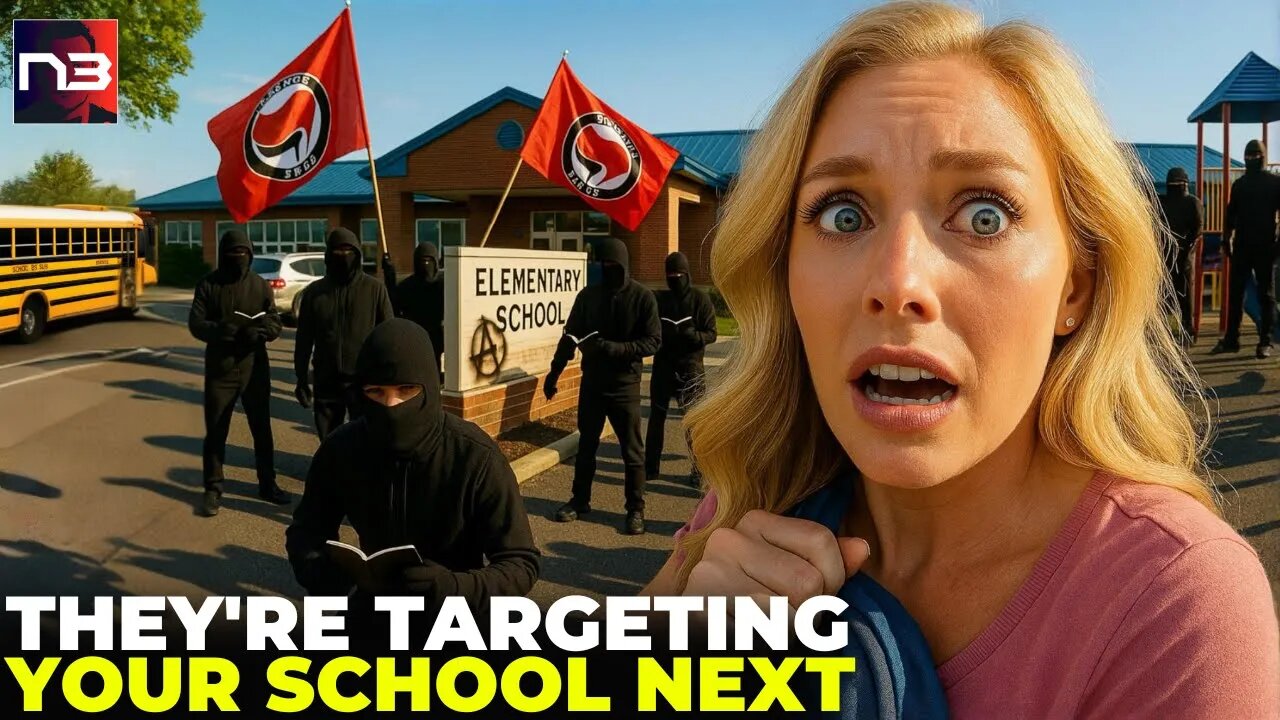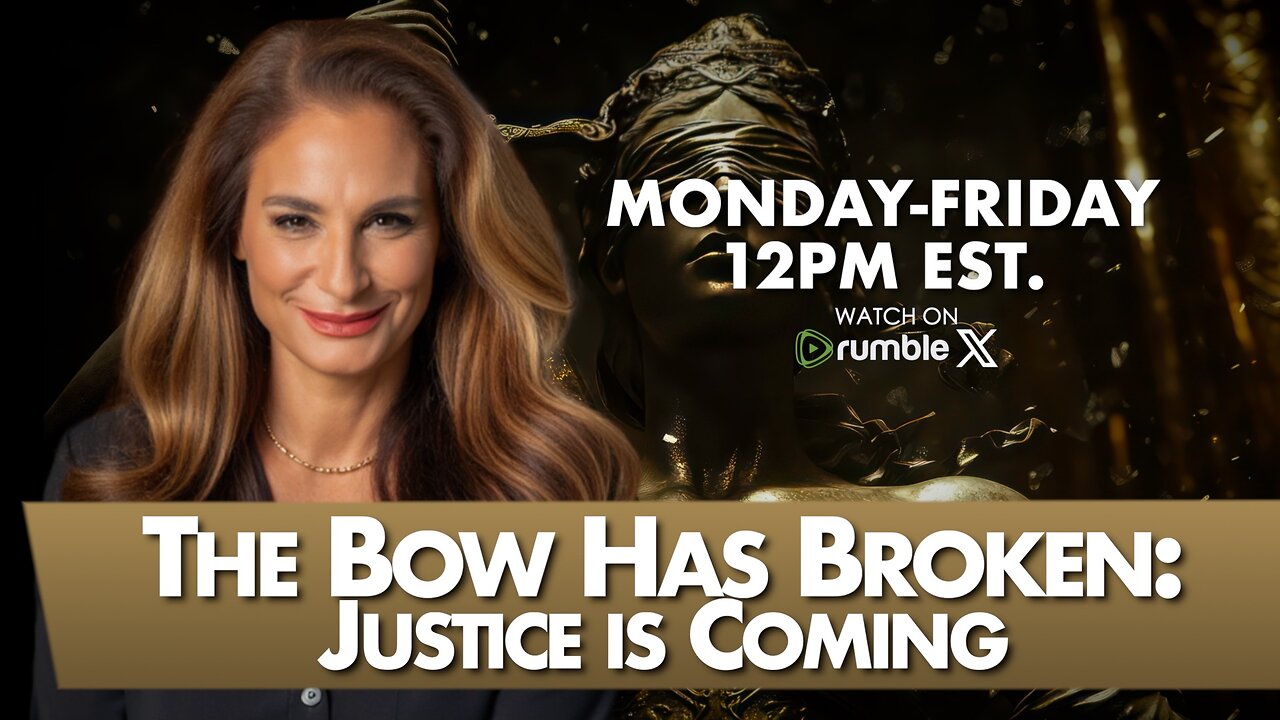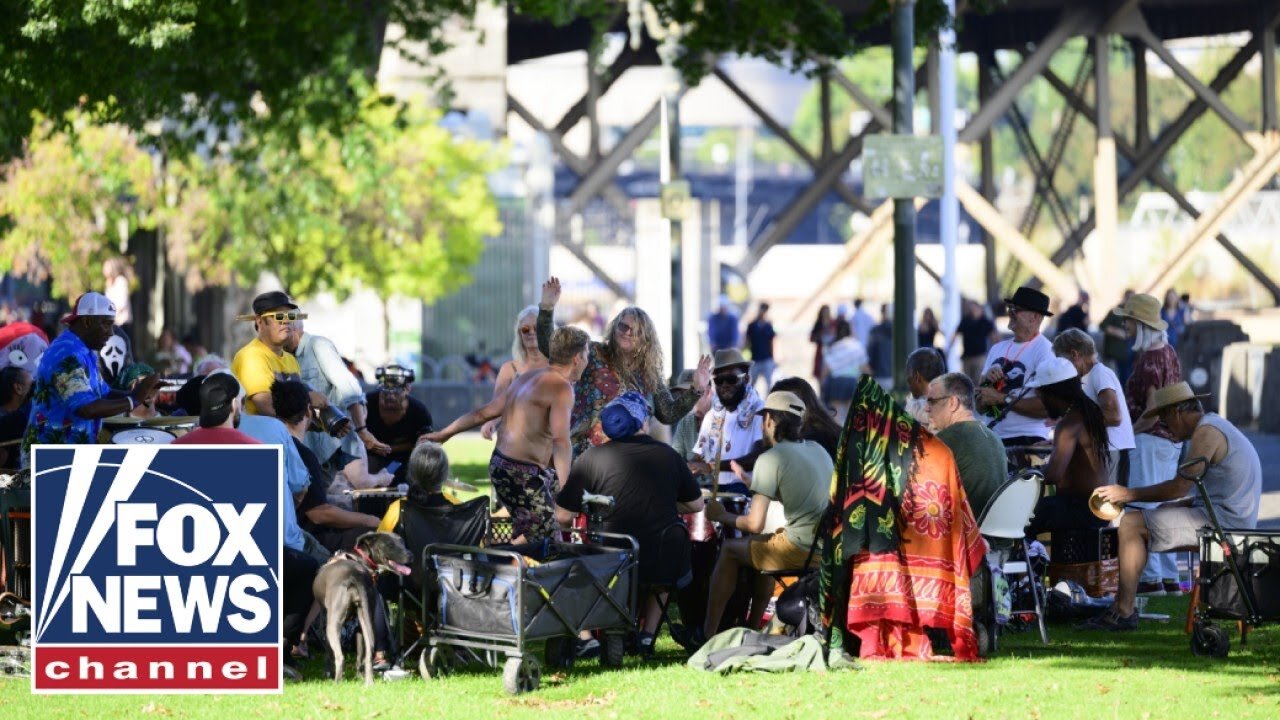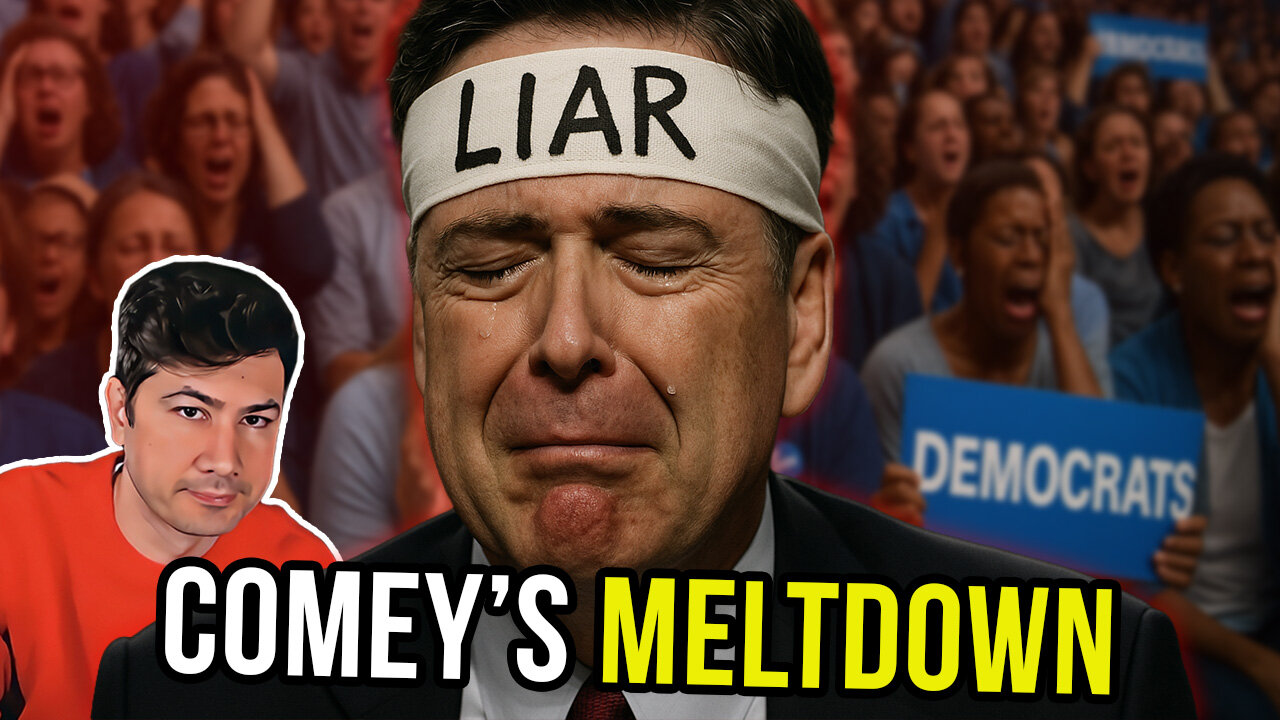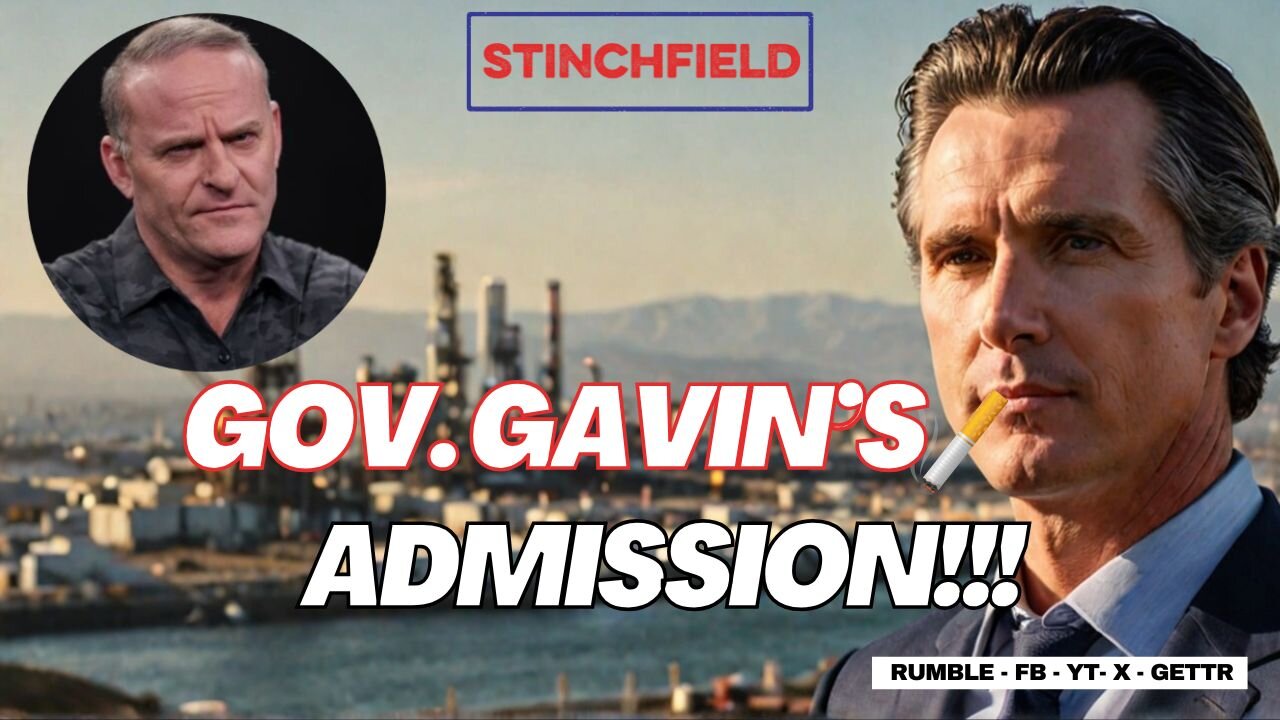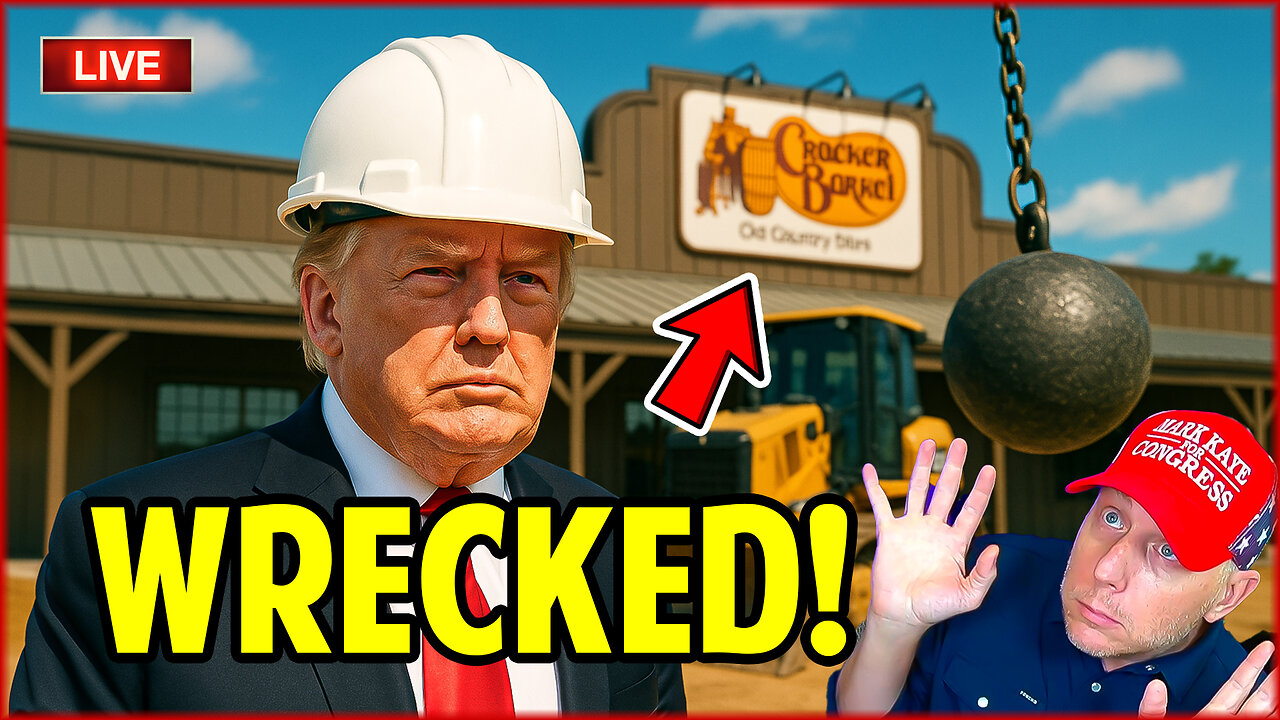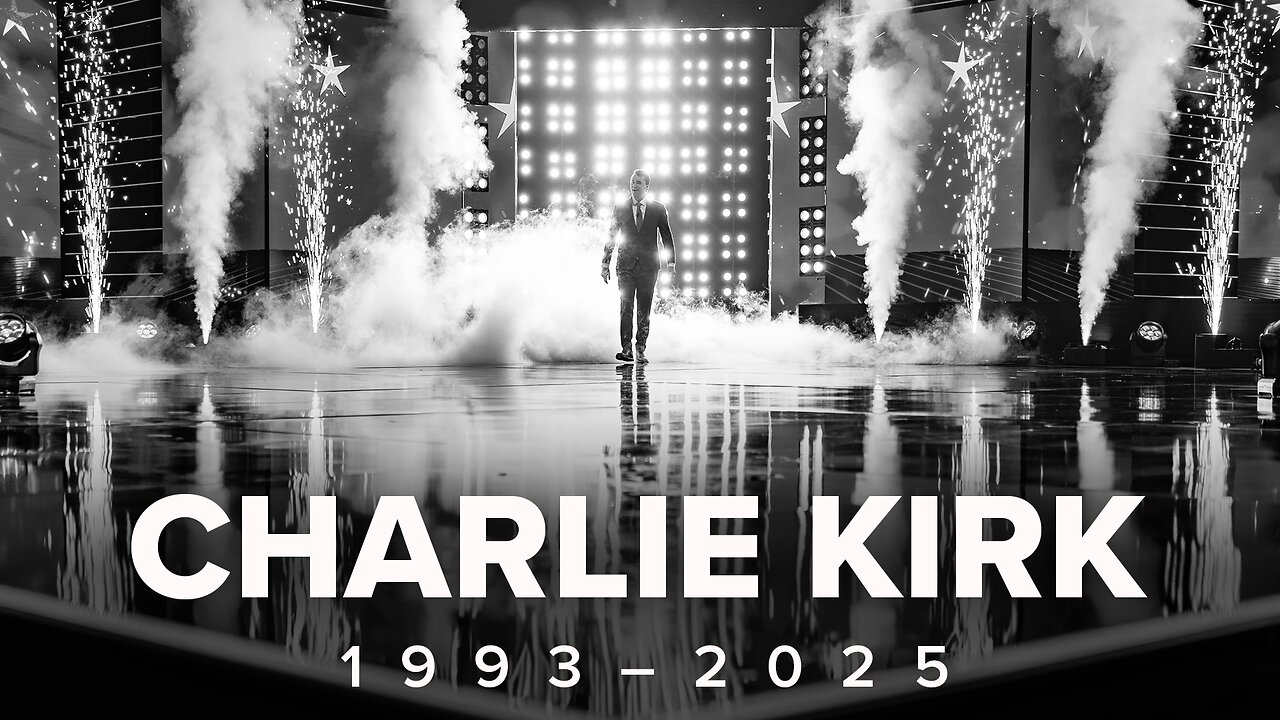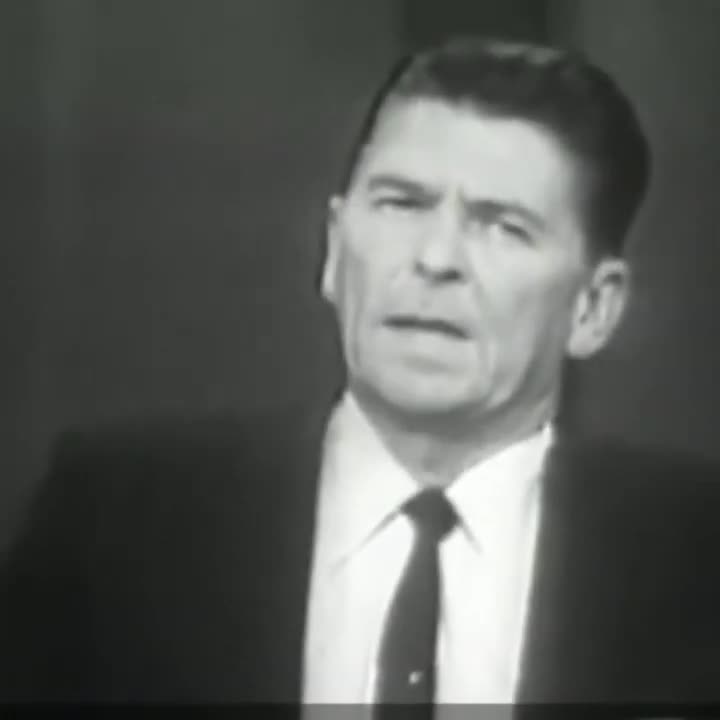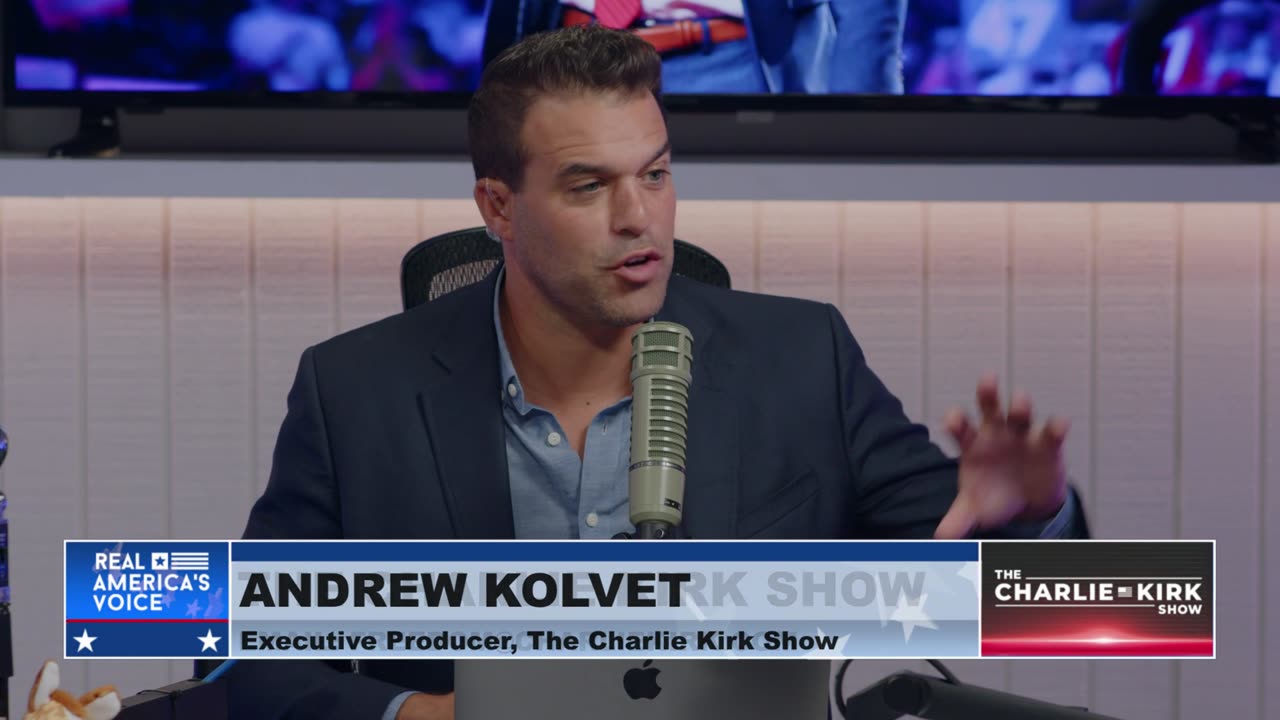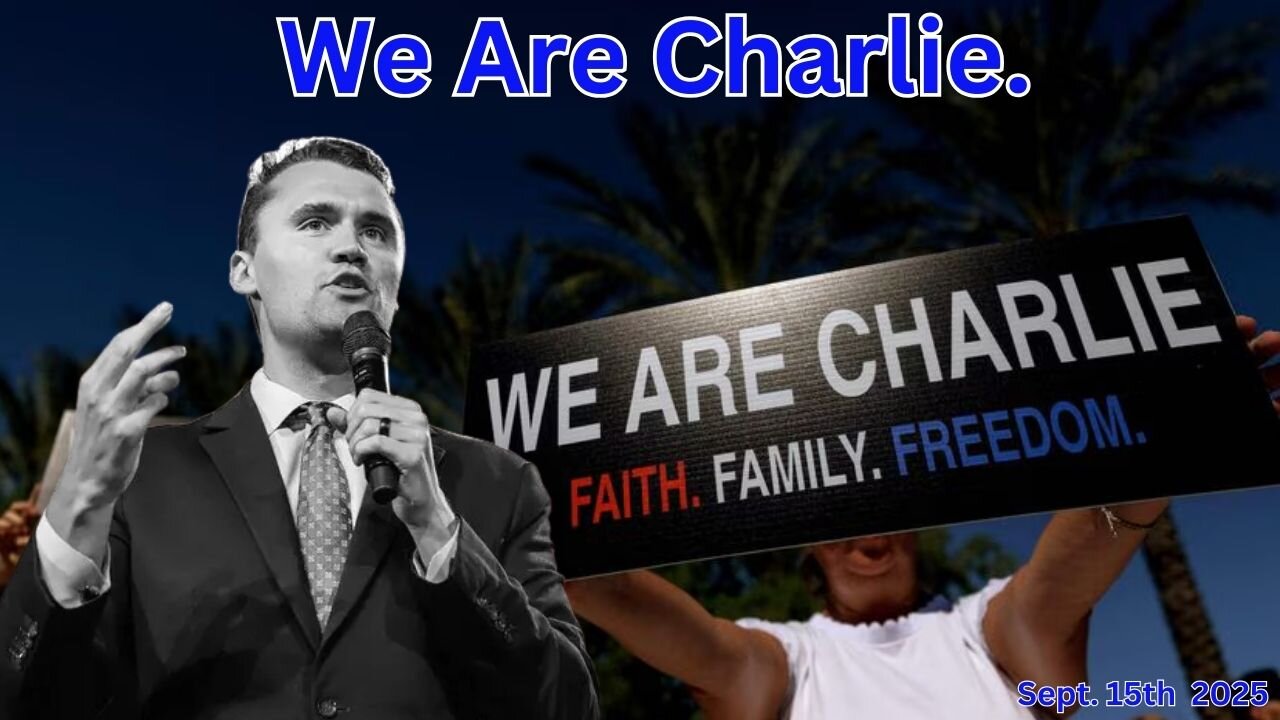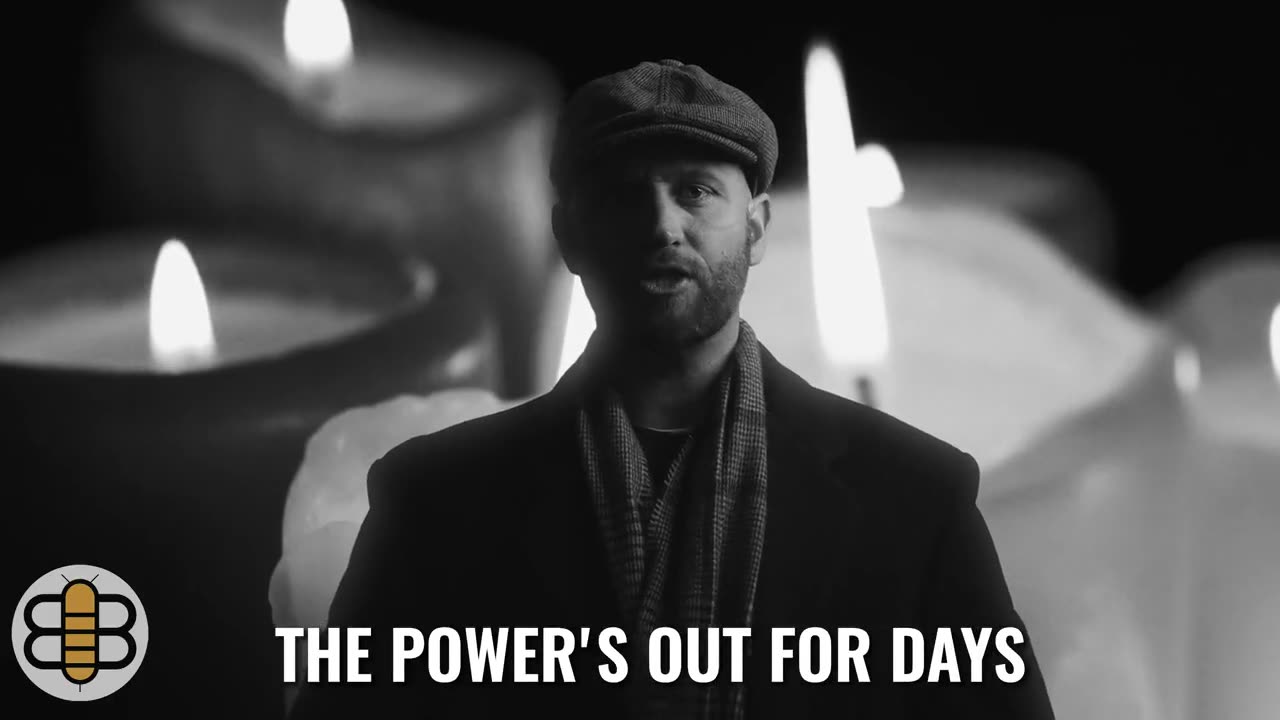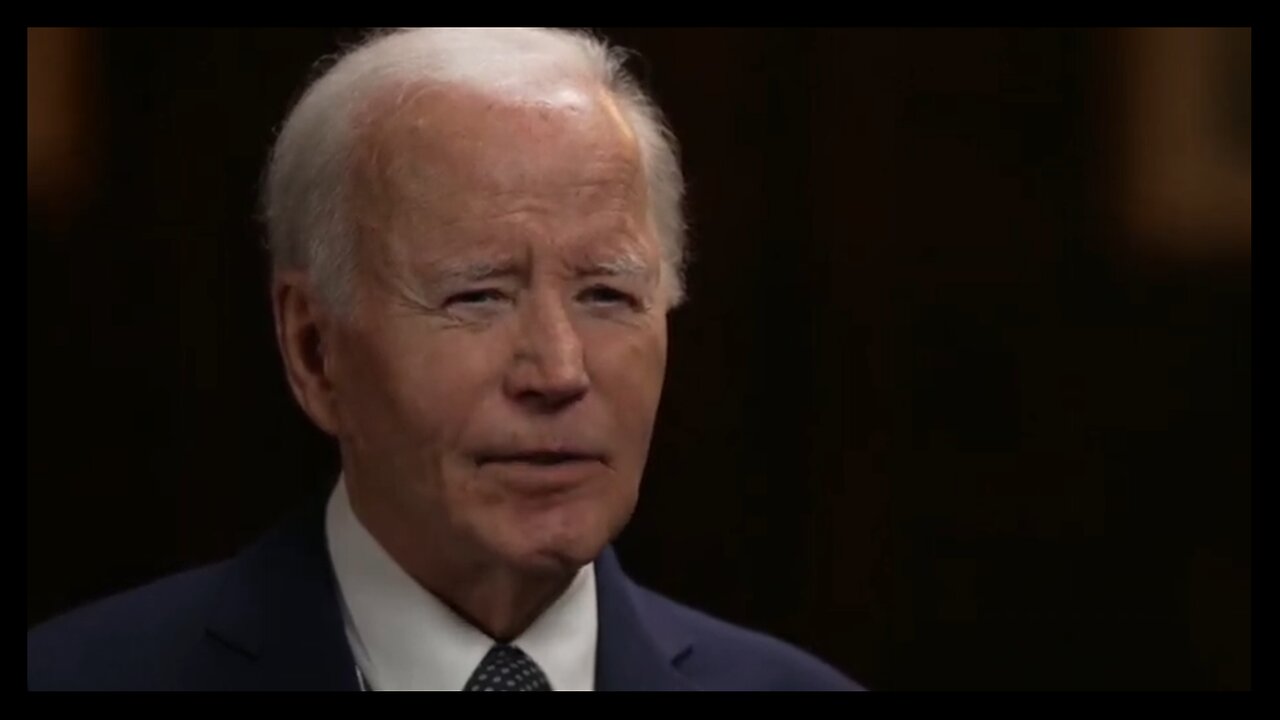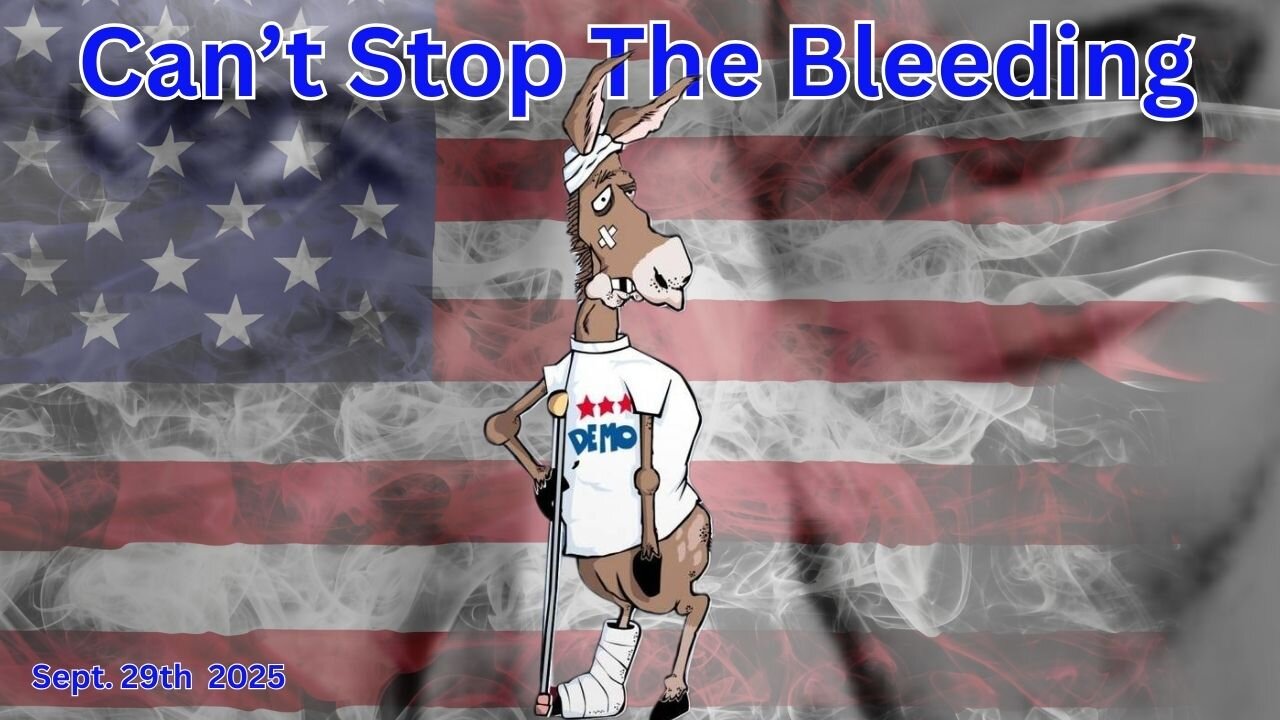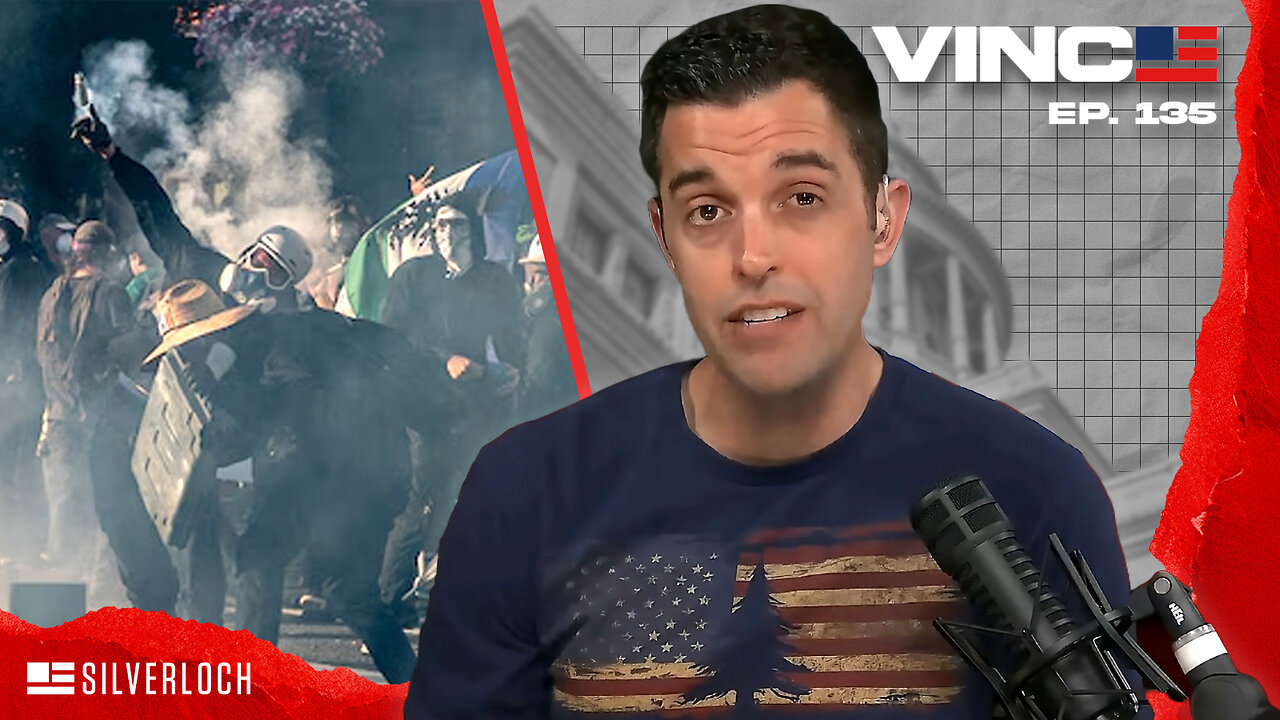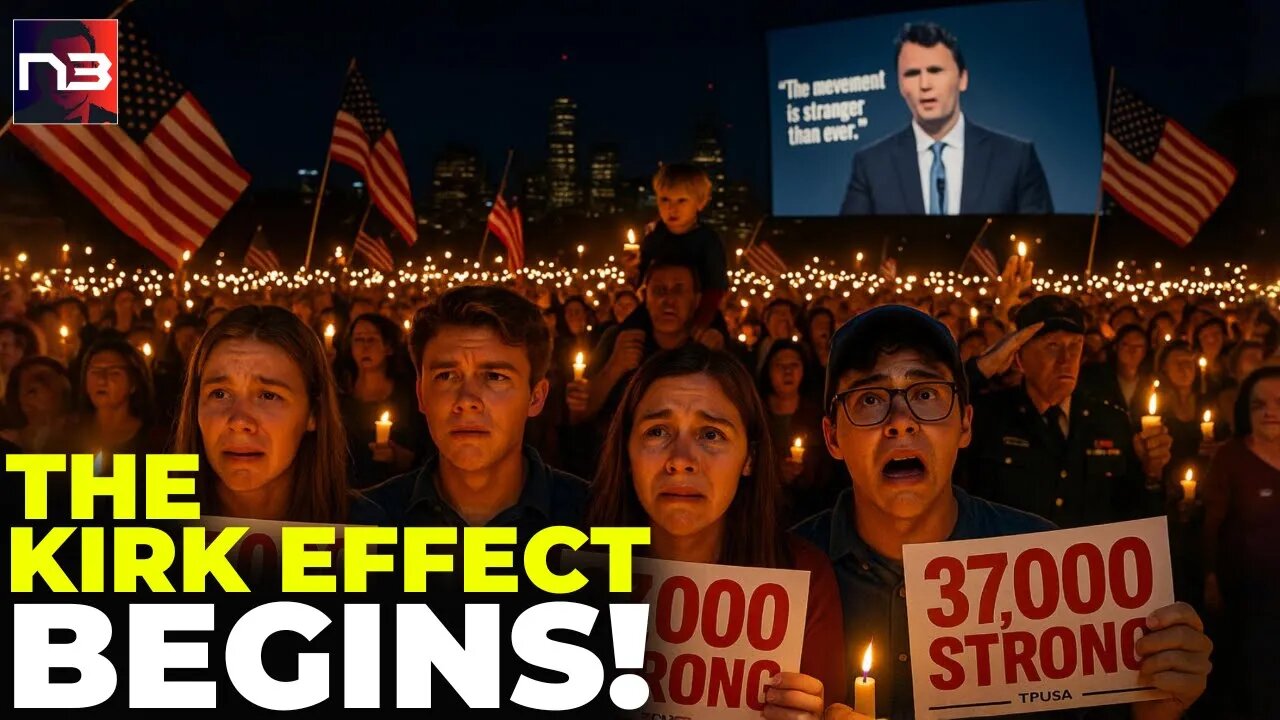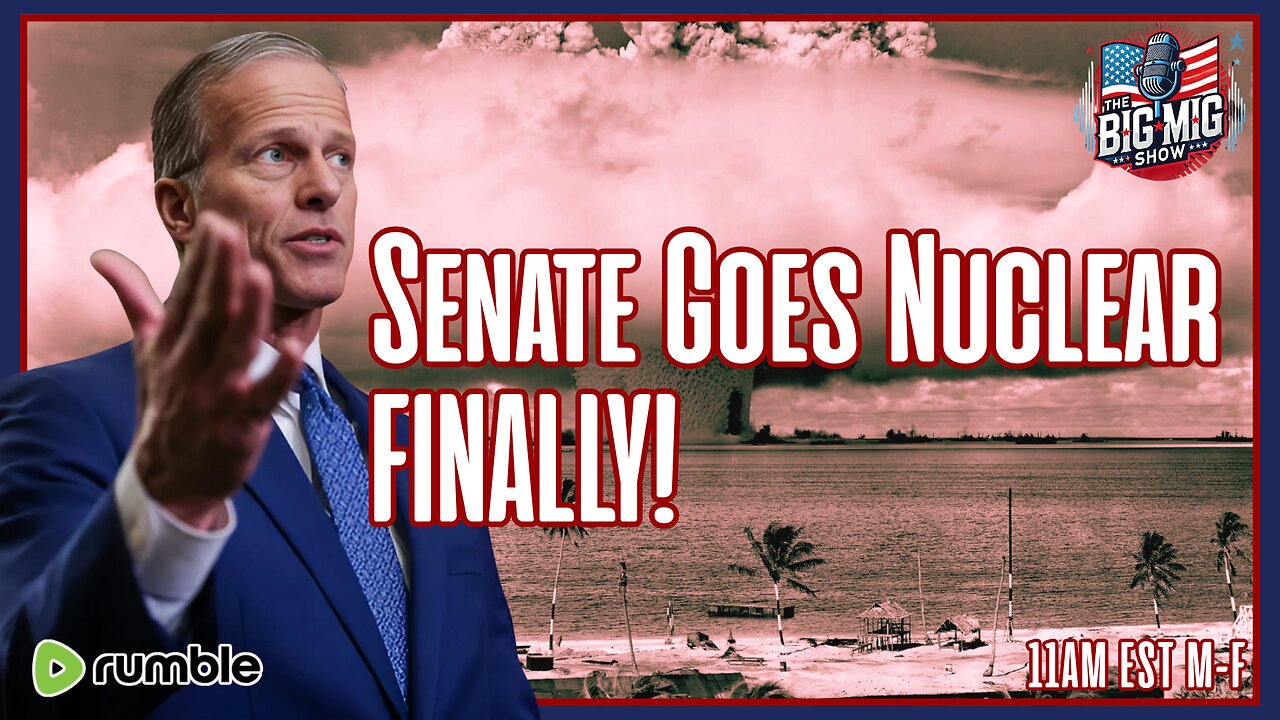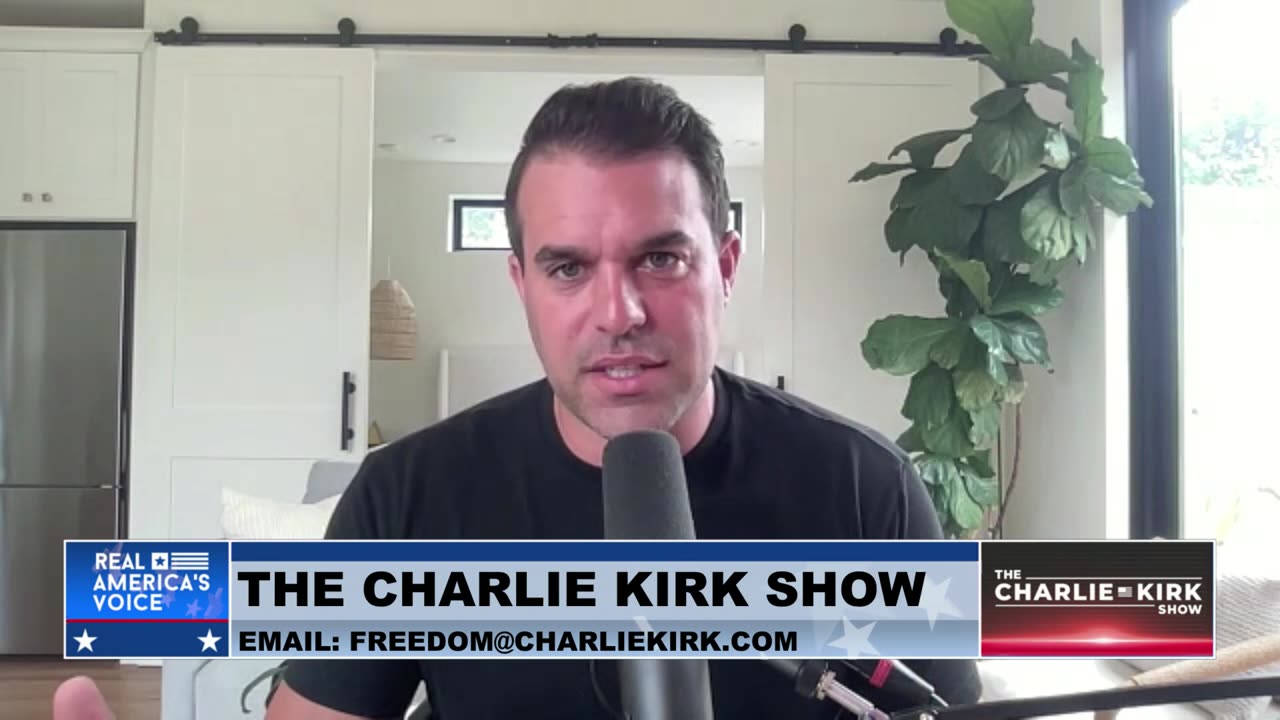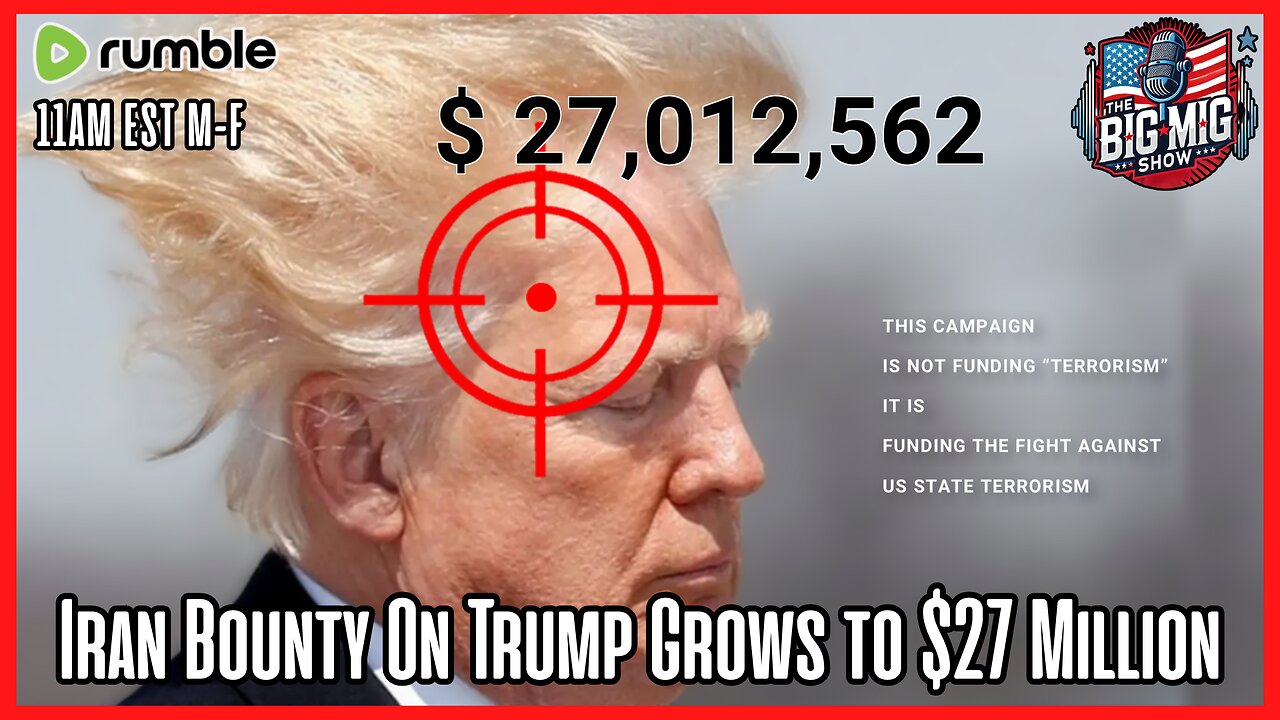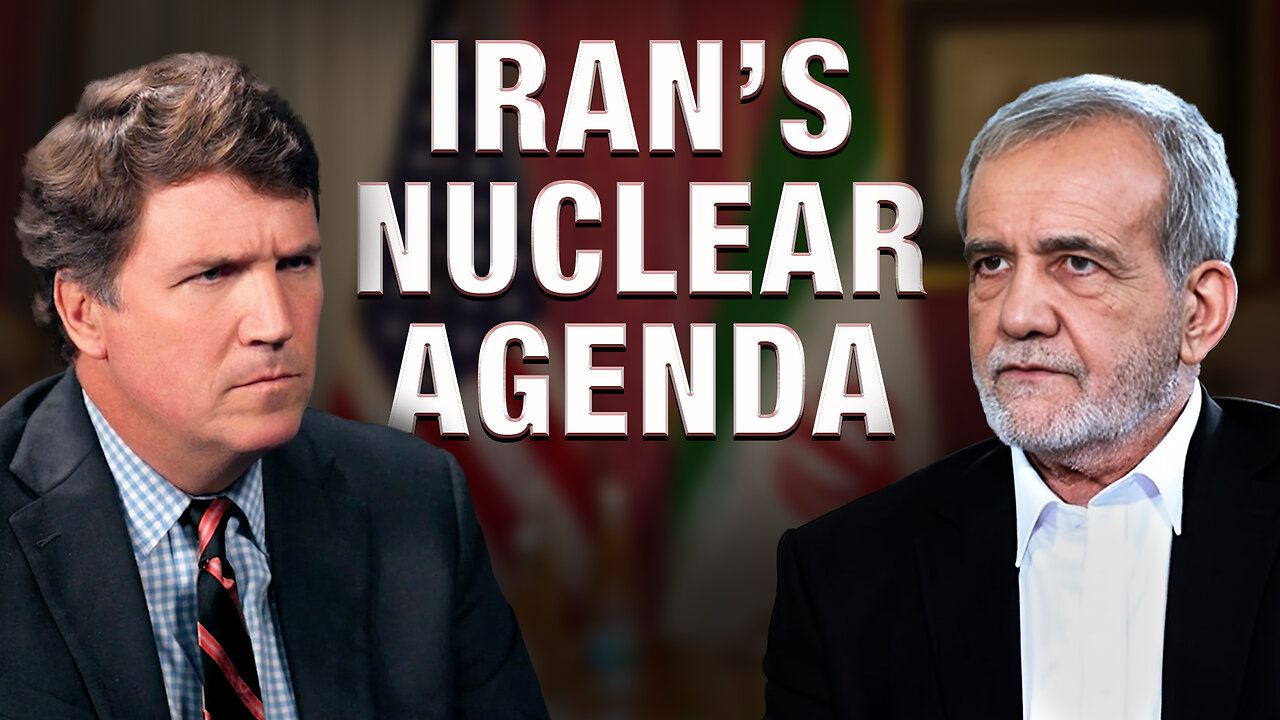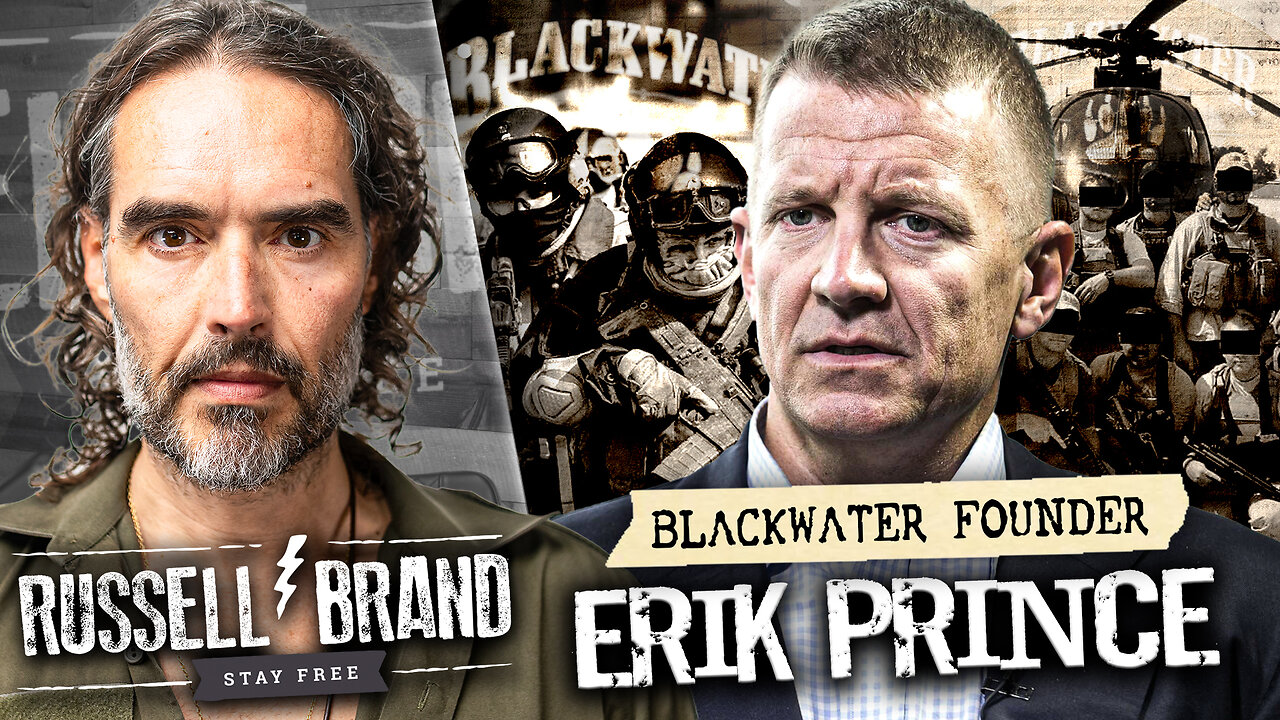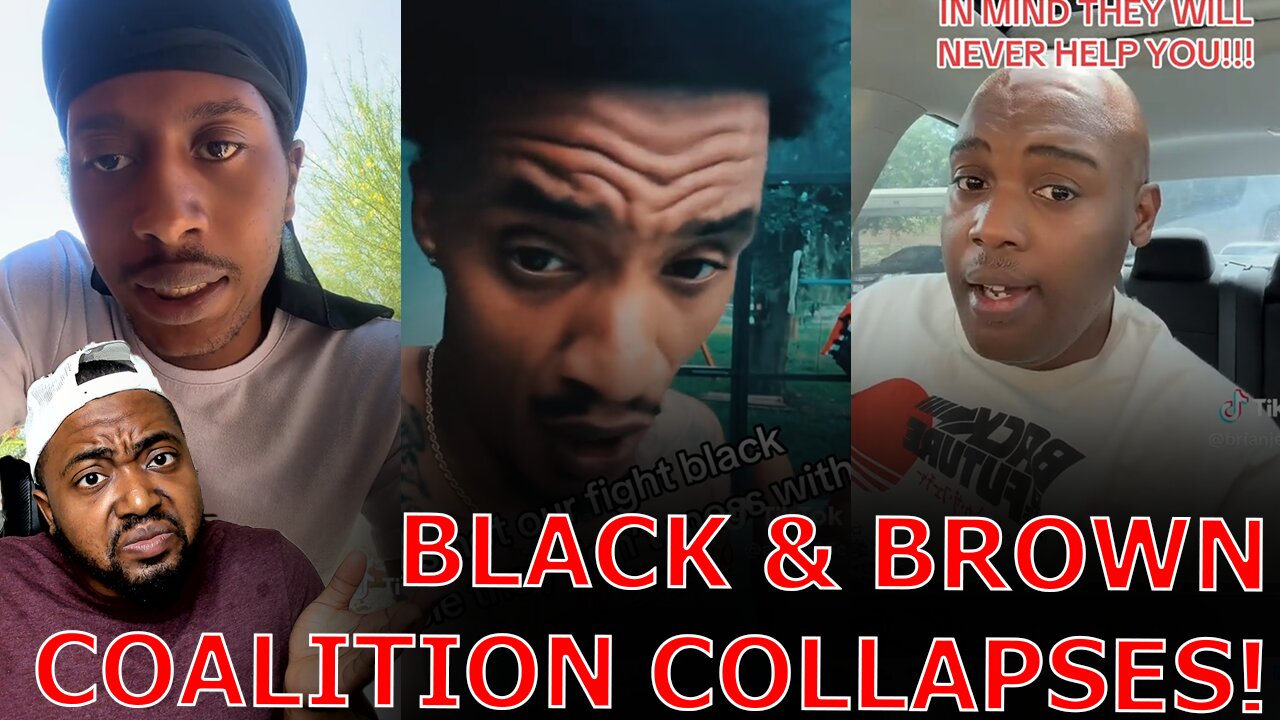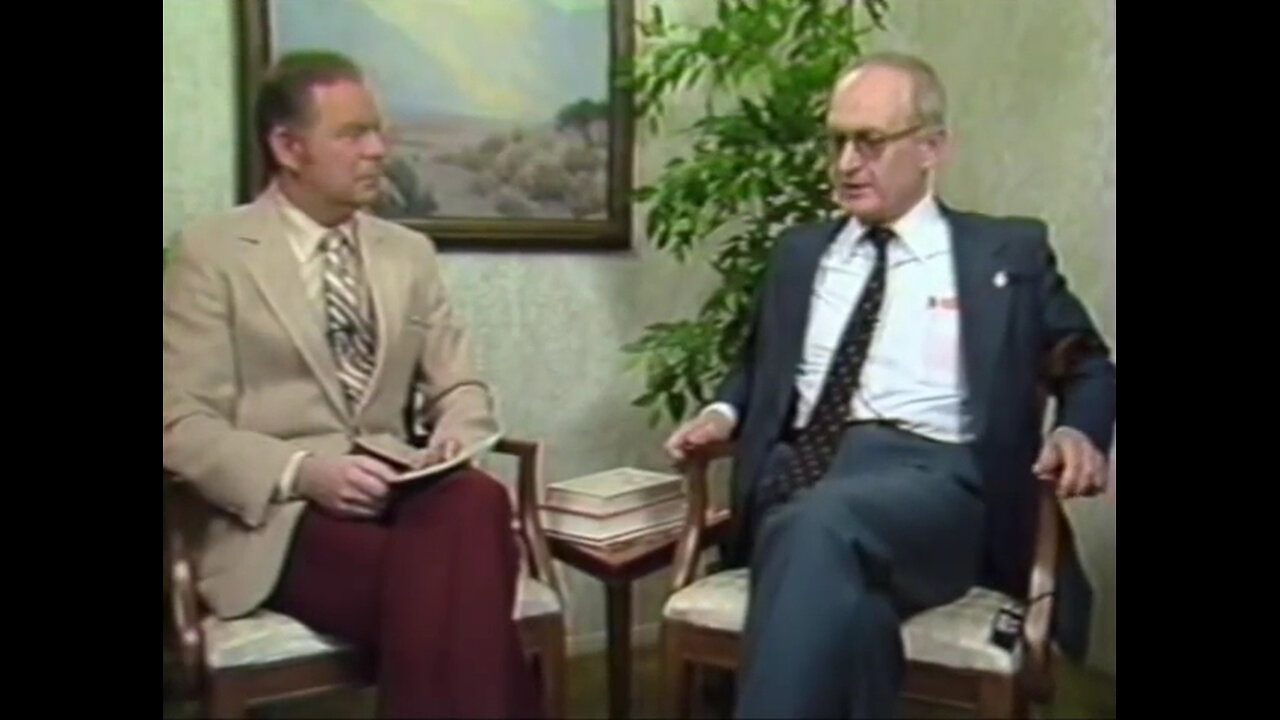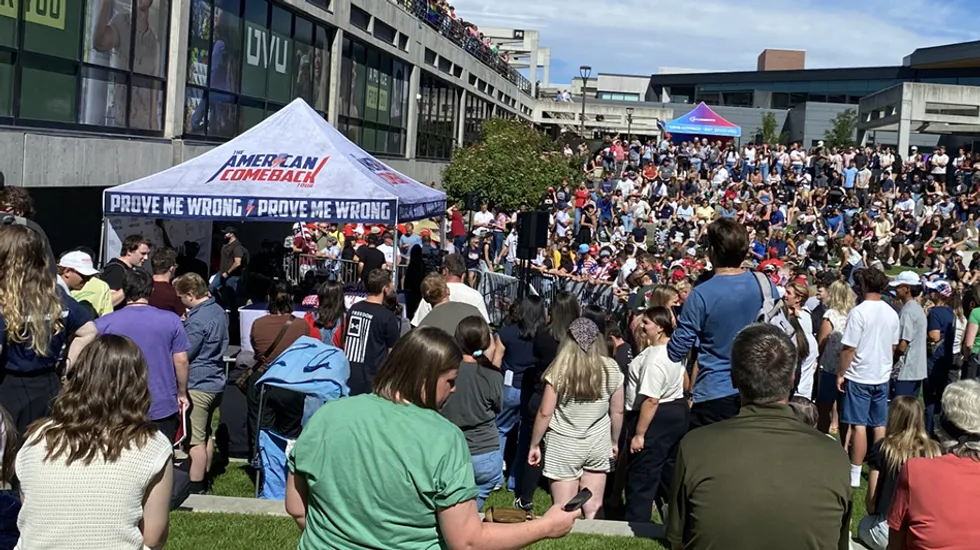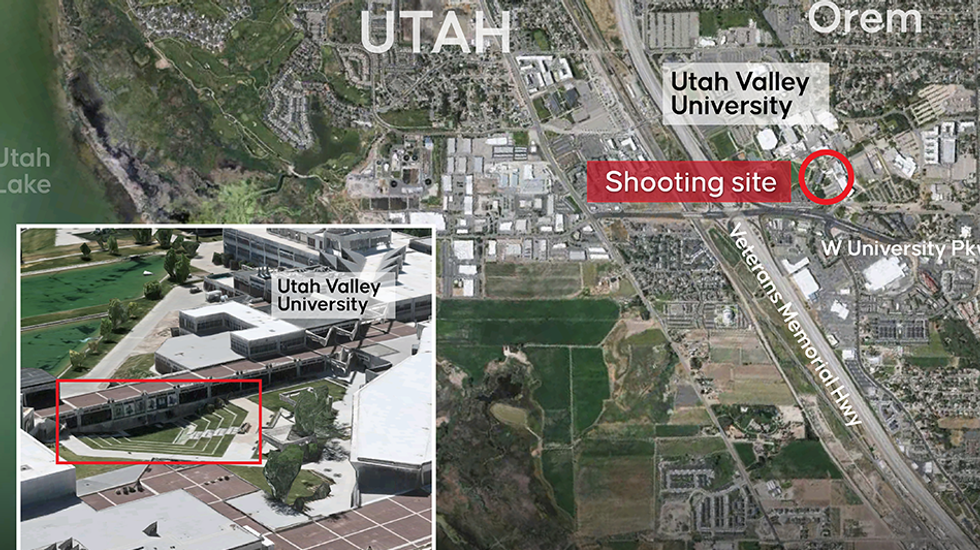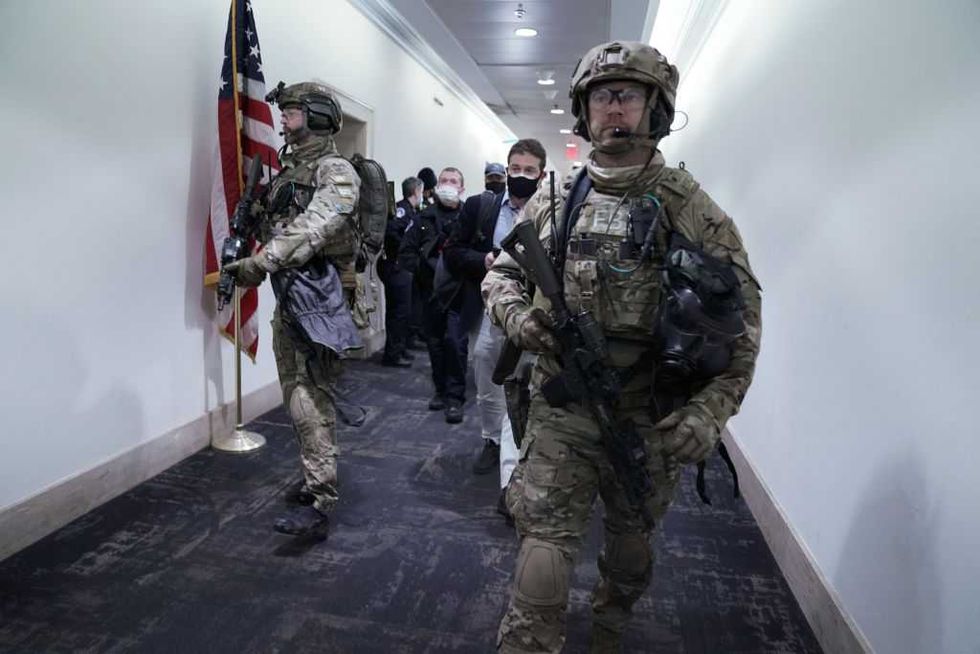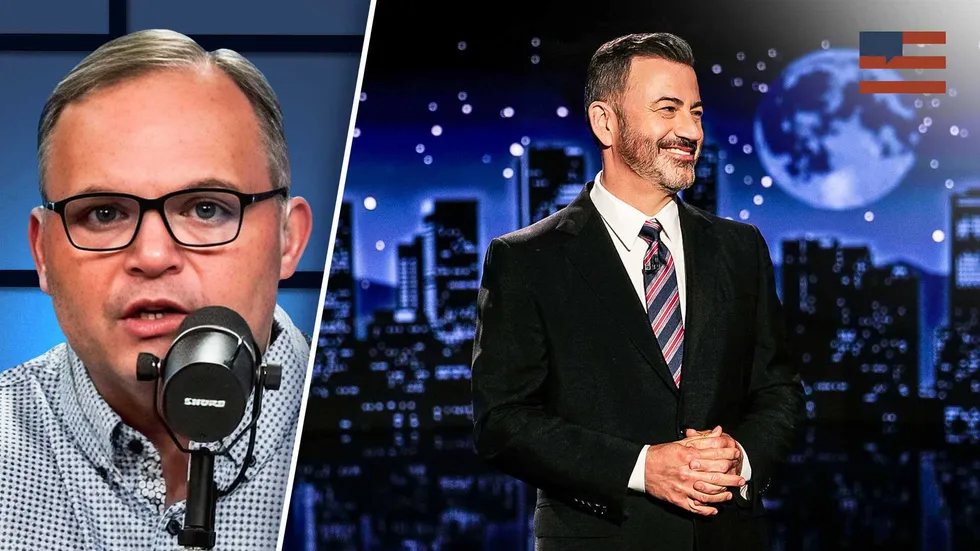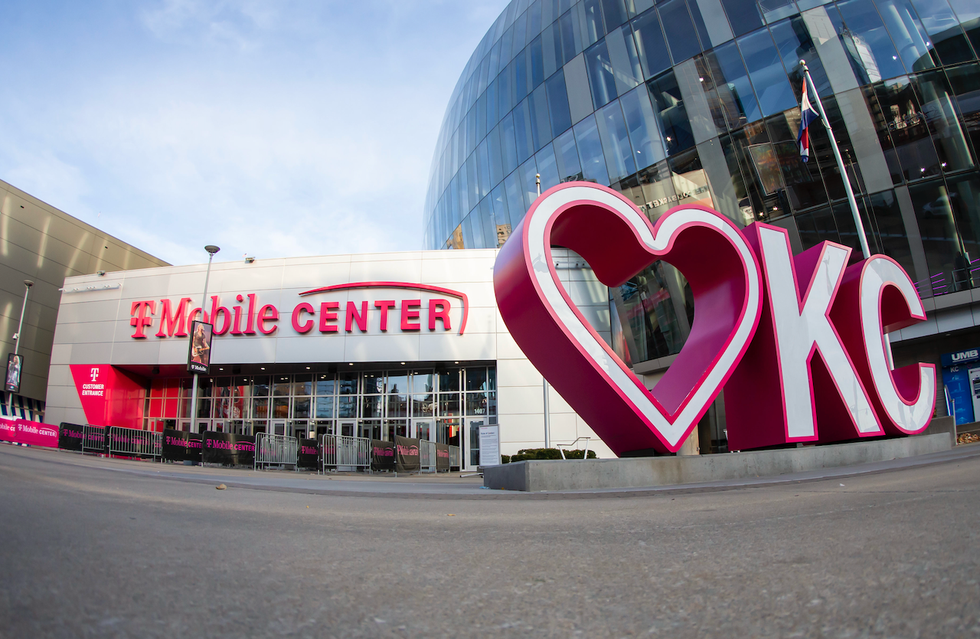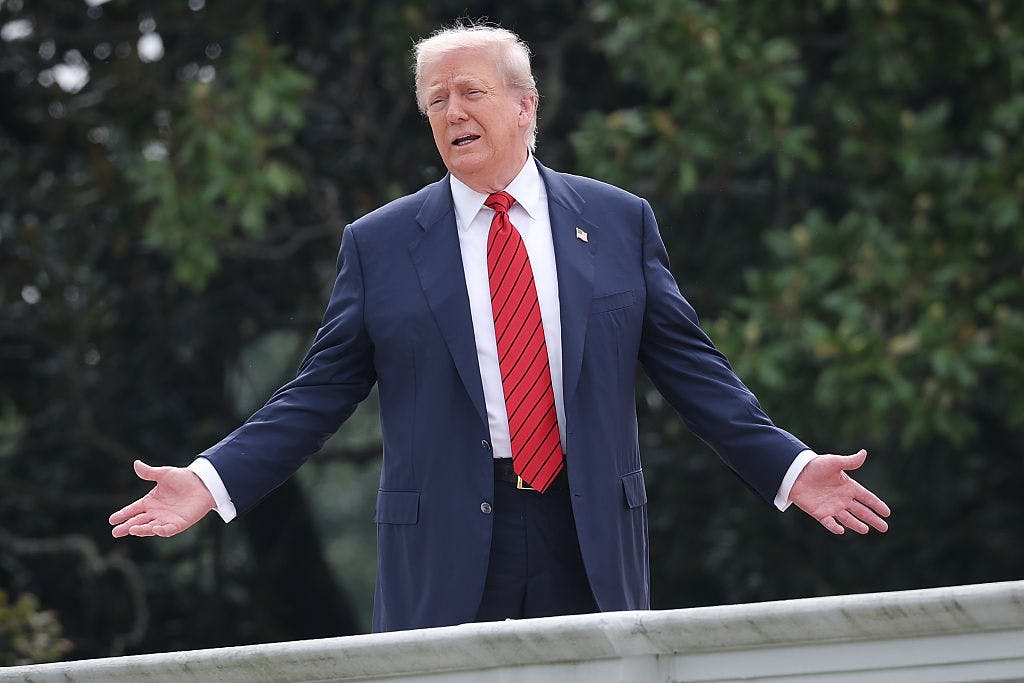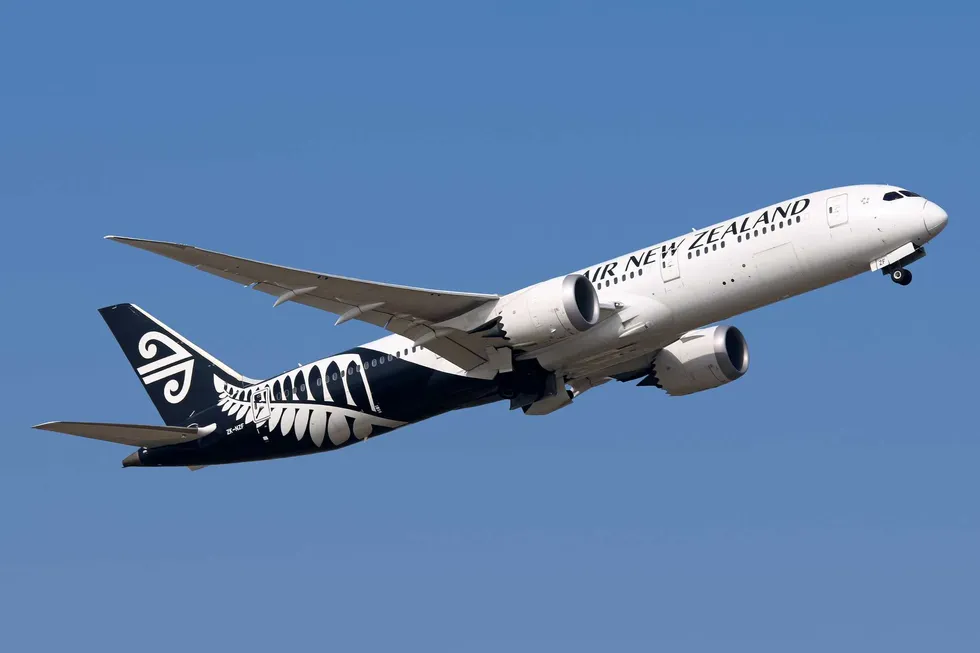OKINAWA, THE FINAL BATTLE, Part Four: Conquering ‘Hell’s Cesspool’

By the end of April 1945, the battle for Okinawa, which started off so promisingly for the Americans and their allies, had degenerated into a repeat of Peleliu and Iwo Jima, only on a larger and more lethal scale. Although the Marines of Gen. Geiger’s III Corps were making steady progress clearing out the northern, and less defended, two-thirds of the island, Gen. Hodge’s XXIV Corps found themselves in a death grip with Ushijima’s Thirty-Second Army dug into and under the five miles-wide by four miles-deep Shuri defense zone. Progress was measured in yards, and despite the avalanche of U.S. artillery, naval bombardment, and constant air strikes, ultimately, the battle was one pitting tanks and infantry against each other, often leading to medieval hand-to-hand combat.

US Marines of the 1st Division wait on the crest of a hill in southern Okinawa as they watch phosphorous shells explode over Japanese soldiers dug into the hills. (Photo by Keystone/Getty Images)
Any forward movement was agonizingly slow as the GIs would eventually take one ridgeline after days of combat only to face another parallel line of dug-in Japanese arrayed against them on the next escarpment.
Meanwhile, out at sea, Spruance’s Fifth Fleet had its hands full fending off what would eventually amount to over 1,400 kamikaze raiders trying to slam their aircraft into Allied ships on an almost daily basis.
The shelling was unrelenting, which denied the soldiers any relief from the strain of combat. The Japanese penchant for night infiltrations prompted the Americans to continuously fire illuminating star shells into the dark skies, depriving those in the lines, whose nerves were already frayed, of much needed sleep. And the casualties mounted at an alarming rate.
On April 9, the first cold rains fell on Okinawa. Although sporadic at first, by the end of the month, the pleasant weather would be replaced by torrential downpours, soaking the men in the lines. These were the beginnings of the annual monsoons that lashed the Ryukyus, adding to the misery of the infantryman fighting and dying before Ushijima’s seemingly impregnable defenses. The front lines had become eerily reminiscent of the Western Front during the First World War. The ground already churned up by constant shellfire was transformed into a maggot-infested soup. The omnipresent stench of human waste and rotting flesh was so noxious that the repulsed men swore you could taste it. The weary Americans had come to refer to this once beautiful island as “hell’s cesspool.”
After nearly a month of some of the most grueling, steady, and intense combat of the war, the Army divisions were exhausted. Sticking to his frontal assault strategy, Buckner summoned the 1st Marine Div. to march south to relieve the 27th while the Army’s 77th Div. relieved the 96th. Once the northern island was secure, the 6th Div. would also join their fellow Marines in III Corps to form the right side of the line while the Army made up the left.
Pvt. Eugene Sledge, a Peleliu veteran with the 5th Marine Regiment, 1st Div., knew what this new duty meant for him: “A column of men approached us on the other side of the road from the 106th Regiment, 27th Infantry Division that we were relieving. Their tragic expressions revealed where they had been. They were deadbeat, dirty and grizzly. Hallow-eyed and tight-faced. As they filed past us one tall, lanky fellow caught my eye and said in a weary voice: ‘It’s hell up there, Marine.’”

Two columns of 1st and 2nd Marine Division troops from the III Amphibious Corps of the United States Tenth Army pass each other during the Battle of Okinawa circa June 1945 at Okinawa in the Ryukyu Islands of Japan. (Photo by Keystone/Hulton Archive/Getty Images).
When the Marines relieved their Army comrades, their sense of professionalism at first reeled at the seemingly “disorderly withdrawal.” 1st Marine Bob Craig remembered there was “no organized line of march. Many had no weapons at all, there were rifles and BARs all over the nearby ground.” But the Marines would quickly shed any judgement when they entered the kill zone themselves while under fire from Japanese mortars and artillery shells, including the 150mm howitzers (the “big stuff”) bursting all around them in such volume that the ground seemed to sway under their feet. “It was an appalling chaos,” wrote Sledge: “It was such a jolt to leave the quiet, beautiful countryside of that morning and plunge into a thunderous deadly storm of steel that afternoon.”
Sledge’s division would, in fact, face a daunting task as the western part of the line confronted them with patches of Japanese-held hills, each acting as redoubts whose firing positions were mutually supportive. No sooner would they attack one position than come under fire from one of the others in the zone. Marine Lt. Robert Crowton would recall leading his platoon in an advance that only made it fifty yards before encountering a metal storm of enemy machine guns and mortars. “By the end of the day we were back where we started, and with a lot more respect for the Army division that we’d relieved.”

As his companion ducks for cover, a U.S. Marine aims his sub-machine gun at a Japanese sniper at Wana Ridge before the town of Shuri on South Okinawa. 1945. (Photo by CORBIS/Corbis via Getty Images)
The difficulty of this battle of slow attrition was exacerbated by the nature of the combat zone itself. It is estimated that over 200,000 men from both sides, plus an untold number of terrified civilians, were wedged against each other in the 20-square-mile battlefield. When they would come out of their caves to attack the Americans, the Japanese often forced Okinawan civilians ahead of them, presenting American boys with the grisly choice of either cutting down women and children (some with explosives strapped to their bodies) to get to the Japanese shooting at them from behind their innocent human shields, or become casualties themselves.
On May 8, the combatants on Okinawa learned that the Germans had surrendered unconditionally, and the war in Europe was over. But for fatigued infantrymen like Pvt. Sledge, suffering and dying one yard at a time in the cruel, mud-caked netherworld of Okinawa, “Nazi Germany may as well have been on the moon. ‘So what’ was typical of the remarks I heard around me.”
By L+40, Buckner was facing pressure from Nimitz to break the deadlock as his ships were under relentless attack by waves of Kikusui. In a controversial decision, Buckner again doubled down on an approach that would have no doubt horrified more imaginative strategists like Manstein or MacArthur. “It will be a continuation of the type of attack we have been employing to date…We have ample firepower and we also have enough fresh troops so that we can always have one division resting.”

U.S. invasion forces establish a beachhead on Okinawa island, about 350 miles from the Japanese mainland. 13th April 1945. Pouring out war supplies and military equipment, the landing crafts fill the sea to the horizon, in the distance, battleships of the U.S. fleet. Japan. (Photo by Galerie Bilderwelt/Getty Images)
On May 11, Buckner’s latest offensive began. Weeks of heavy fighting followed as the Tenth Army slowly pushed the Japanese through sheer force of overwhelming firepower and dogged persistence back from one position to the next down the narrow neck of the island. Americans fell by the thousands on bitterly contested places with now-infamous names like The Pinnacle, Heartbreak Ridge, Conical Hill, and Sugar Loaf Hill.
By May 24, the Shuri Line was finally pierced, and what remained of the abandoned capital Naha fell to the 6th Marines. On May 29, a Confederate flag was planted atop Shuri Castle, though Buckner, the son of a Confederate general himself, had it replaced by the Stars and Stripes. Ushijima then pulled back his remaining 30,000 troops in an orderly withdrawal aided by the cover of the monsoon storms to a final defense line on the Kiyan peninsula by May 30.

US Marine Rifleman viewing the results of US bombardment of Naha, during the Pacific Campaign of World War Two, Okinawa, Japan, circa 1943-1945. (Photo by US Marine Corps/Getty Images)
After more bitter fighting, by mid-June, Ushijima’s Thirty-Second Army was shattered. With their backs up against the sea, it became apparent that after a ferocious defense that cost the Allies dearly on land and sea, the fight for Okinawa, the first Japanese island of any consequence to be successfully invaded by an enemy in her history, was over. The Americans squeezed the stubborn Japanese south until they reached the cliffs overlooking the southern shore. Some Japanese chose to swim out into the Pacific to drown rather than surrender. Okinawa was declared secure on June 22.
It was the bloodiest battle of the Pacific War. In taking this one island, the Americans suffered 12,500 dead and another 49,000 wounded. The defending garrison of both Japanese regulars and local militia was all but annihilated, losing 112,000 dead. Another 30,000 Americans were out of action due to “battle fatigue” (PTSD today), more than in any other Pacific campaign — a grim testament to the horrors they experienced. Tragically, anywhere from 50,000 to 150,000 Okinawan civilians lost their lives; they were either caught in crossfires, blown apart by the ceaseless shelling, sealed in or blasted in caves when too frightened to come out despite the pleas of the Americans who could take no chances, or gunned down by Japanese troops if they did attempt to cross to the safety of the American lines.

Okinawa civilians returning from hiding places in the hills following the invasion of the island by American soldiers. (Photo by Fox Photos/Getty Images)
Okinawa also had the distinction of seeing the commanding officers on each side die in battle. Ushijima and Chō committed ritual suicide. (Despite his wish to do the same, Col. Yahara was forbidden by Ushijima who explained, “If you die there will be no one who knows the truth about the battle for Okinawa.”) Lt. Gen. Buckner was killed by shell fragments when observing the action, making him the highest ranking U.S. officer to die in action during World War II. The fighting would also take the life of beloved war correspondent Ernie Pyle, felled by machine gun fire while accompanying GIs seized the peripheral island of Ie Shima. In many ways, Okinawa was more draining for the Americans than any battle of the war. And it convinced the men in uniform that, should they invade Japan, they would not survive, adding a terrible fatalism to the rank and file. The fruits of victory were bitter.
Wrote Sledge: “We were resigned to the fact that the Japanese would fight to total extinction as they had elsewhere. And that Japan would have to be invaded, with the same gruesome prospects.”
Indeed, Okinawa offered Allied planners a grisly foretaste of what to expect in the invasion of Japan itself, slated for October 1945. This battle, along with the hellish experiences of Peleliu and Iwo Jima, played a major role in President Harry Truman’s decision to drop the atomic bombs in a desperate attempt to end the madness once and for all.
In what Churchill referred to as “the diabolical mathematics of war” it can be argued that the horrible battles of the last year of the Pacific that led to Hiroshima and Nagasaki saved many more lives than they took by convincing both sides to end the fighting before a final showdown on Japan proper. If such is the case, then the combatants did not suffer and die in vain. And the names on the now quiet Mabuni Hill’s Cornerstone of Peace, despite the tragedy they represent, also signify a sublime sacrifice that gave future generations a chance to thrive and, hopefully, as MacArthur would say on the deck of the Missouri during Japan’s official surrender ceremony, “a better world shall emerge from the blood and carnage of the past — a world founded upon faith and understanding, a world dedicated to the dignity of man and the fulfillment of his more cherished wish for freedom, tolerance, and justice.”
Let us resolve not to squander their memories by having their sacrifices be in vain.
* * *
Brad Schaeffer is a commodities fund manager, author, and columnist whose articles have appeared on the pages of The Daily Wire, The Wall Street Journal, NY Post, NY Daily News, National Review, The Hill, The Federalist, Zerohedge, and other outlets. He is the author of three books. Follow him on Substack and X/Twitter.
The views expressed in this piece are those of the author and do not necessarily represent those of The Daily Wire.
Originally Published at Daily Wire, Daily Signal, or The Blaze
What's Your Reaction?
 Like
0
Like
0
 Dislike
0
Dislike
0
 Love
0
Love
0
 Funny
0
Funny
0
 Angry
0
Angry
0
 Sad
0
Sad
0
 Wow
0
Wow
0



